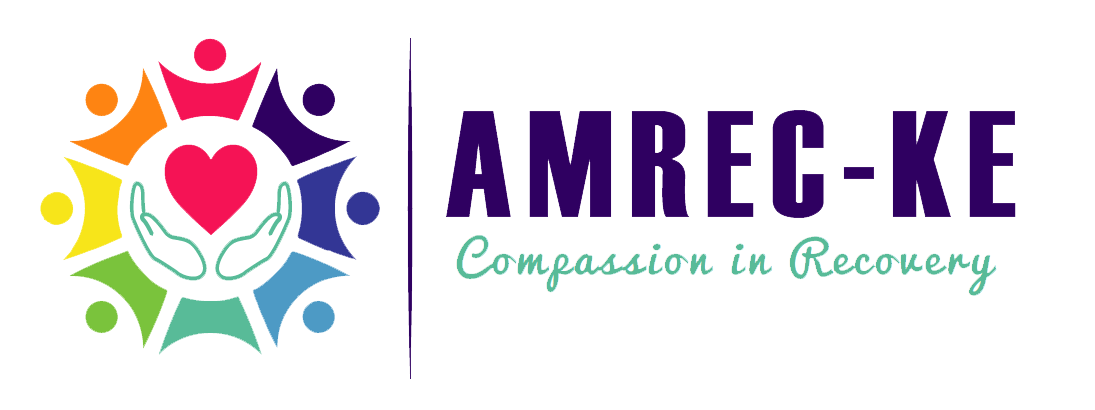

Narcotic analgesics, commonly referred to as “painkillers,” are drugs that make the user feel better by reducing pain and bliss as well as altering their mood. When used as prescribed by your doctor or pharmacist and in accordance with the manufacturer’s instructions found on the label, the majority of analgesics are safe to use. However, some individuals purposefully exceed the suggested amount when using analgesics.
Analgesics have unexpected effects when used with alcohol, prescription pharmaceuticals, and other over-the-counter treatments.
Some are available over the counter, such as aspirin, paracetamol, and ibuprofen.
Others require a prescription from a doctor, such as codeine and paracetamol combination products, fentanyl, morphine, oxycodone, and pethidine.
Examples of narcotic analgesics include opium, codeine, heroin, Demerol, Darvon, morphine, methadone, Vicodin, and Oxycontin.
Analgesics lessen the impact of pain without generating any mental confusion, paralysis, or other disruptions in the nervous system, so that the pain is genuinely relieved without causing any nervous system imbalance.

Types of Analgesics
Analgesics can be broadly classified into two categories:
Non-narcotic (non-addictive) analgesics and narcotic analgesics or anti-inflammatory analgesics (reduce inflammation), and opioid analgesics (change the way the brain perceives pain.)
This kind of medication is typically used to treat bone discomfort brought on by arthritis. The most widely used medications in this situation are aspirin and paracetamol. When you take aspirin, it works by preventing the formation of prostaglandins, a substance that causes inflammation in the tissues and, consequently, the perception of pain.
Additionally, these medications aid in lowering fever and avoiding platelet coagulation. Aspirin is used to prevent heart attacks due to its ability to inhibit blood clotting.
These analgesic medications function by reducing pain and inducing sleep when taken for medical purposes in the recommended dosages. If the dosage of this analgesic medicine is increased, it may cause unconsciousness, convulsions, and ultimately death.
The most widely used narcotic analgesic today is morphine; this drug is also known as an opiate because it is derived from the opium plant.
The primary uses of narcotic analgesics or painkillers are to treat cardiac pain, surgical pain, and the pain of terminal cancer.
Analgesic opioids (also called narcotics) work by changing the brain’s perception of pain. An opioid can be any drug, natural or manmade. Many are similar to morphine, but newer, unrelated opioids have been created in the laboratory, too.
Examples include:
- Codeine
- Fentanyl
- Hydrocodone
- Meperidine
- Methadone
- Naloxone or naltrexone
- Oxycodone

Signs and Symptoms of abuse
People are frequently able to hide their drug addiction in the early phases of an opioid use disorder. But with time, they start to exhibit certain abuse-related symptoms and signs. While the precise indications of abuse vary depending on the specific opioid being used, some common signs and symptoms include:
- Lying about pain to receive prescriptions for opioids
- Making appointments for multiple different doctors to receive multiple prescriptions for opioids
- Poor performance at work
- Unexplained periods of absence
- Isolating oneself from friends or family members
- Stealing medications from others
- Noticeable changes in personal appearance, such as weight loss or changes in hygiene
- Scabs, sores, or puncture wounds suggestive of IV drug use
- Poor motor skills and coordination
- Digestive problems, such as vomiting or diarrhea
- Nausea
- Pupil constriction
- Slowed thinking
- Impaired judgment and problem-solving
- Feeling detached from one’s surroundings
- Difficulty concentrating
- Emotional swings
- Sudden, unprovoked outbursts
- Irritability
- Depression
- Paranoia

Uses of narcotic analgesics
Analgesics are used to relieve pain and inflammation. For example:
- After surgery.
- Due to injury, such as a fractured bone.
- For acute (sudden, short-term) pain, such as a twisted ankle or headache.
- For aches and pains like menstrual cramps or muscle soreness.
- For chronic painful conditions such as arthritis, cancer, or back pain.

Analgesic Side Effects
Short-Term Effects of Opioids
Patients who take opioids feel the effects almost immediately. This is especially true in patients who have rarely or never taken the drug before.
Common short-term effects of opioids can include:
- Drowsiness.
- Lethargy
- Paranoia
- Respiratory depression
- Nausea
Long-Term Effects of Opioids
Continued use or abuse of opioids can result in physical dependence and addiction. The long-term effects of opioids are frightening and life-threatening.
When someone abuses a drug like an opioid, they need more and more of the drug to achieve the same feeling. This is often referred to as “tolerance”. Yet, stronger doses of the drug can have serious side effects.
They include:
- Nausea and vomiting.
- Abdominal distention and bloating.
- A suppressed immune system
- Liver damage
- Brain damage
- Coma
- Death
Getting Help

Follow our social media handles:
References
Analgesics – Narcotic and Non- Narcotic Analgesic, Uses, Side effect and FAQS of Analgesic. (n.d.). BYJUS. https://byjus.com/chemistry/analgesics-analgesic-drugs-classification/
Cleveland Clinic. (2021, March 22). Analgesics: Uses, Treatment, Risks. Cleveland Clinic. https://my.clevelandclinic.org/health/drugs/21483-analgesics
The Editors of Encyclopaedia Britannica. (2019, April 23). narcotic | Definition, Types, & Effects. Encyclopedia Britannica. https://www.britannica.com/science/narcotic
Wellness Resource Center. (2017, July 31). Opioid Addiction Signs, Symptoms & Effects. Wellness; Wellness Resource Center. https://www.wellnessresourcecenter.com/drug-addiction/opioids/signs-symptoms-withdrawals/
Short And Long-Term Effects Of Opioids: What Are They? (2019, August 14). Bright Future Recovery. https://www.brightfuturerecovery.com/blog/why-the-short-and-long-term-effects-of-opioids-matter/
By Lemu Wanjiku
Counselling Psychologist
AMREC Kenya

